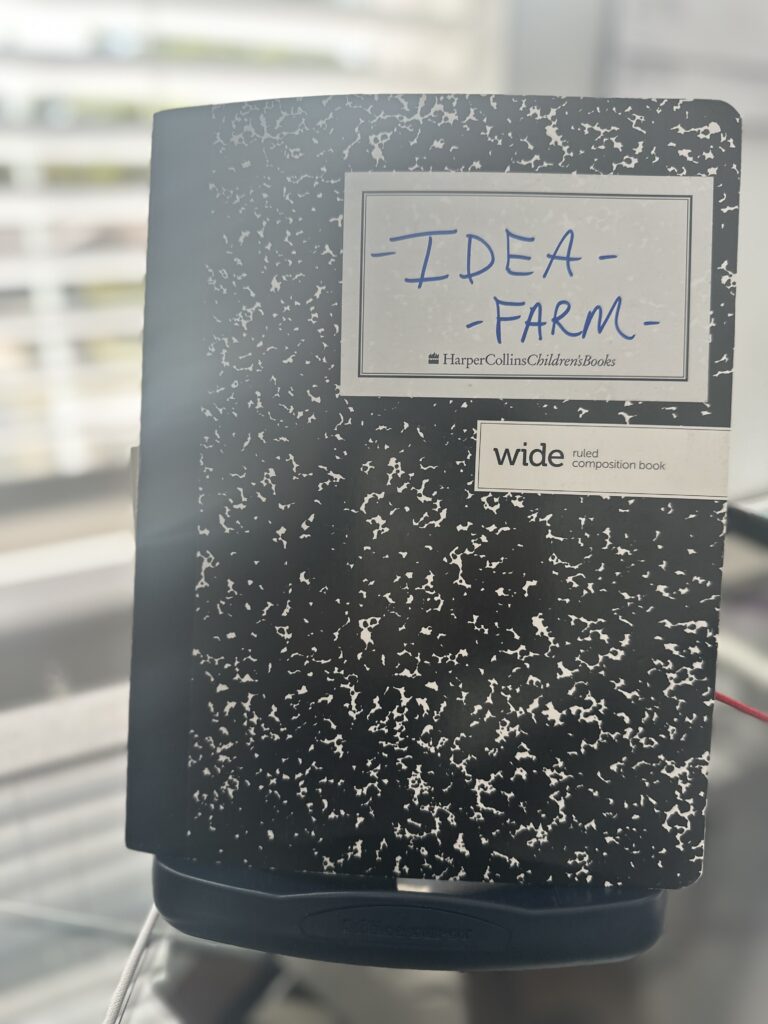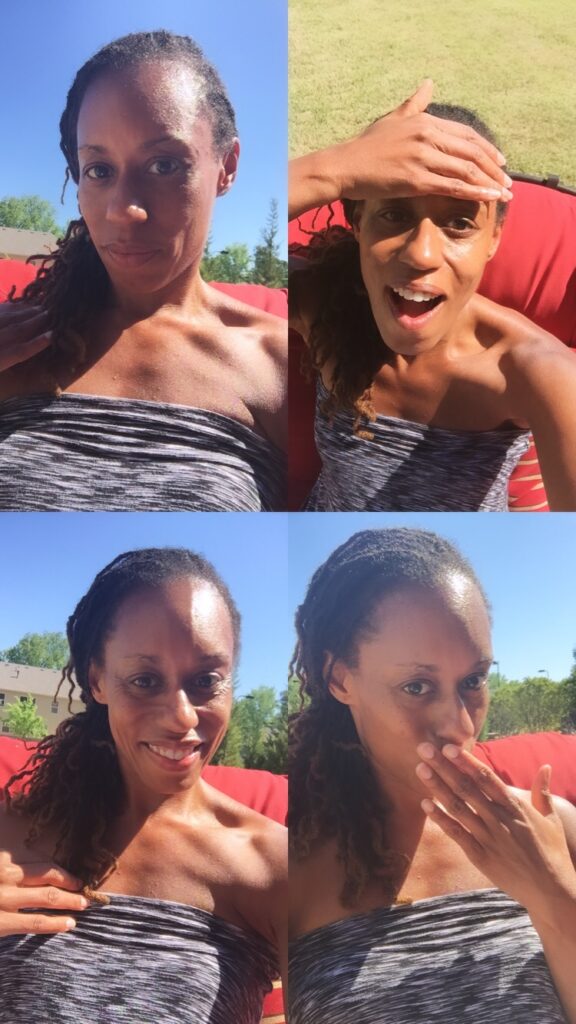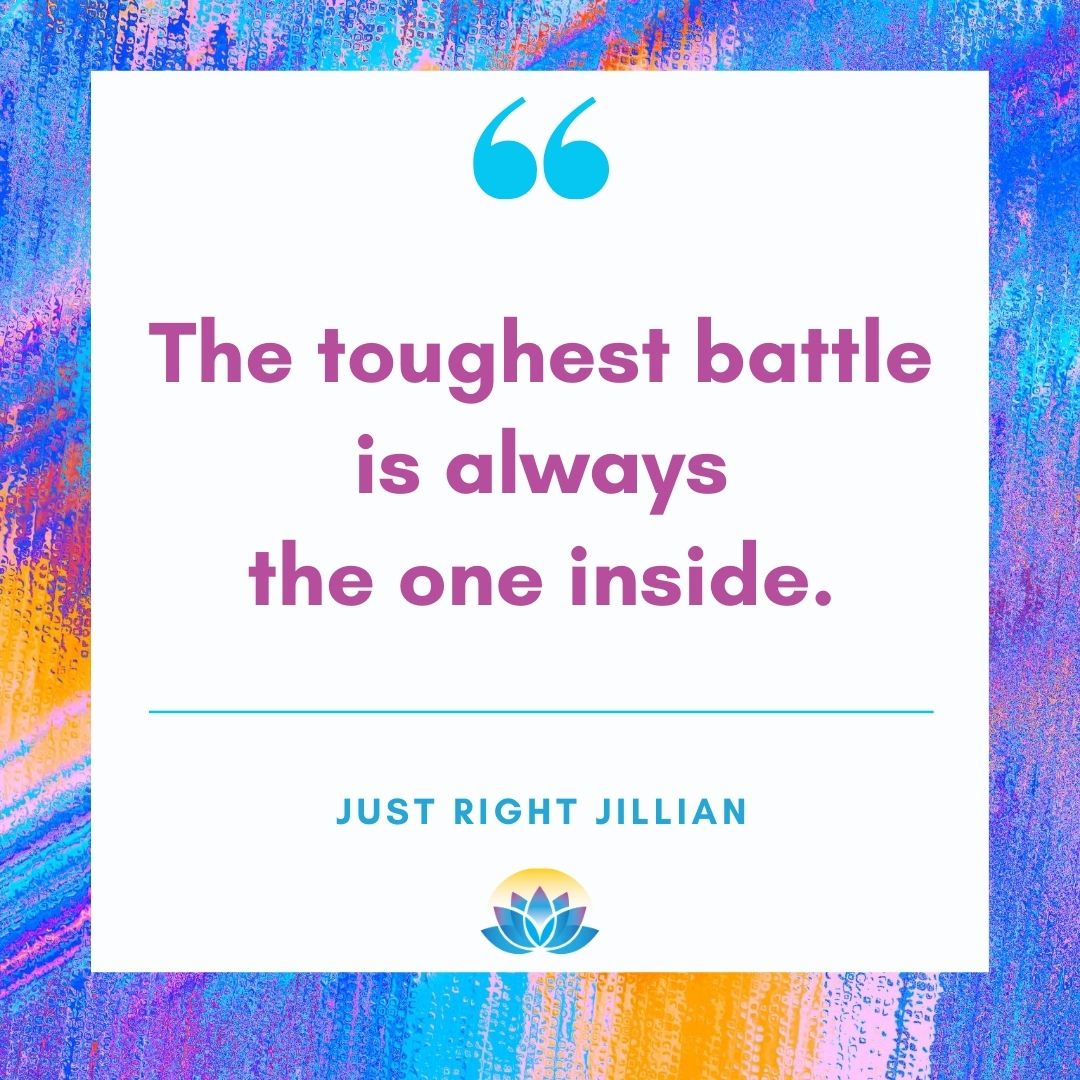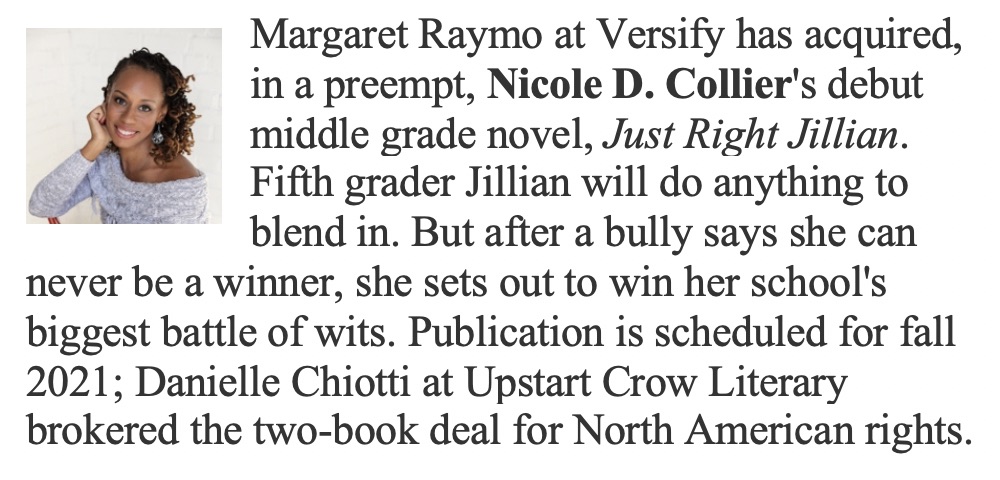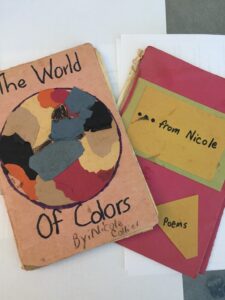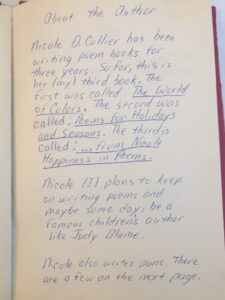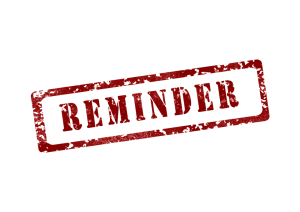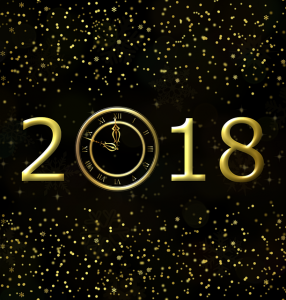It’s been awhile since I’ve written so today you’re getting a little bit of everything! First up, a new run schedule. Then, a small publishing and writing update. Last but not least, a (sort of) tale of a first colonoscopy.
Monday Run Day, Revisited!

Today I went running. If you follow me anywhere online you know I’ve been running for years. What you might not know is that over the years I change which days and how many days a week I run.
For the past couple of years it’s been Tuesday, Thursday and Sunday. But after a few weeks of consideration, I’m going back to Monday runs. Today’s test run solidified that. I loved being able to think and daydream about the day and week ahead!
I will also run on Saturdays now, but the third day is up for grabs. Thursday is most likely. That’s one of Blue’s running days and we can hang out a bit; at least until his new 1/2 marathon training program outpaces me too much.
Capturing Lightning
I’m currently “on sub” with a book proposal for what I hope to be my fourth novel for kids. As we wait to see who might be my next publishing partner, I’ve been nurturing a few new ideas. I’ve been thinking about a “BIG IDEA” era, where I write about heavier topics than my standard day-to-day fare.
But BOOM, this weekend a brand new story lit up my whole brain! Sometimes I get feelings for new ideas as soon as I settle into to working on something totally different (distractions, I see you!!). But this was different. It was a visceral response to a Jon Batiste video SNAP, a story was born. I’m leaning in and going for it. I’ve had a lot of creative breakthroughs just in the past few weeks, so I want to stay in rhythm with the universe and do my work.

A Clean Colon, Yep
A week ago today I had my first colonoscopy. Yep, I’m 50 after all! As many told me, the prep was “worse” than the procedure. To be honest, I never expected the procedure to be bad. Maybe because a lot of “standard” procedures for women’s healthcare aren’t exactly fun, lol. But perhaps also because I have had major surgery before. Facing mortality gave me a panic attack. Facing a scope in the rear did not.
That said, I was uptight about the prep, but it turned out to be okay, too. For the curious, here are some things of note:
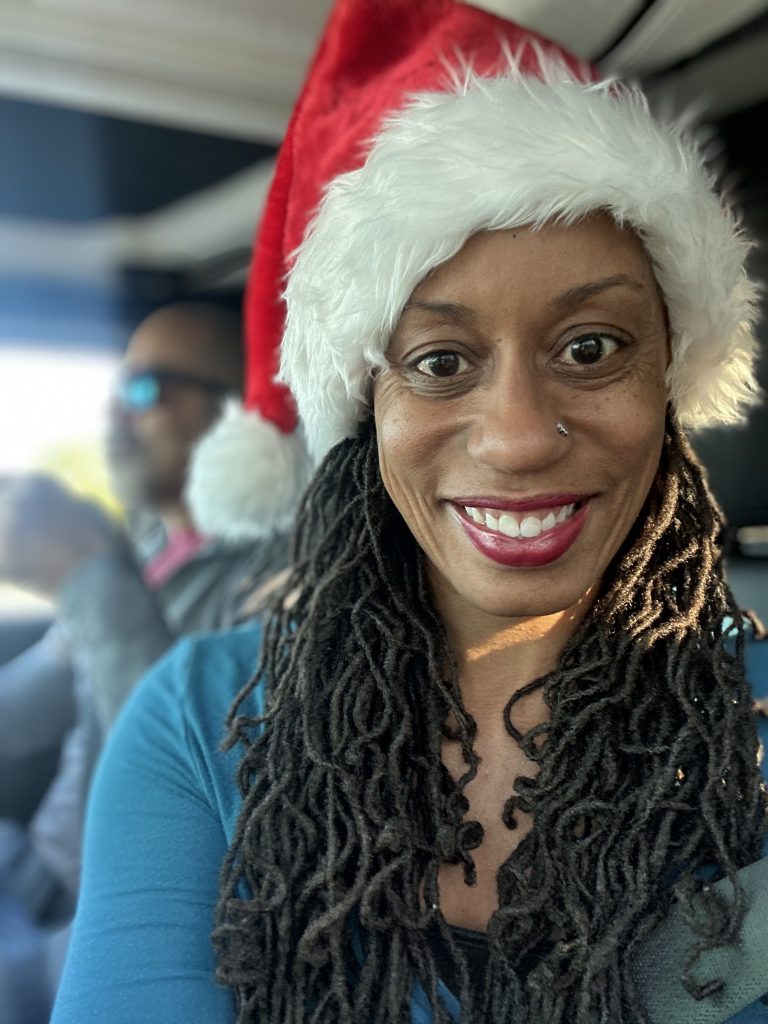
- I’m generally well hydrated so I wasn’t starting from scratch there. Don’t be caught out there trying to catch up for ages of dehydration at the last minute
- I try to eat pretty well; we do eat out on weekends, but home-cooked during the week
- I drank bone broth the day of. This I think is a real winner. Bone broth has more protein so is much more filling than regular broth. If you try this, consider starting your prep an hour or two earlier in case in slows things down
- Note: I found out after the fact that women in general, and women with hysterectomies sometimes have a slower prep. Had I known that, I would’ve started late morning instead of noon.
- I ate Jell-o (the approved colors); it was nice have something to “eat.” I alternated this with the broth
- My prep included Miralax in 64 oz of clear liquid of my choice. I opted for a combination of coconut water and a Glacier Cherry Gatorade. This was a mild flavor and very drinkable! Pleasant actually. If you care about such details, mine was about 40 oz coconut water to 20 oz Gatorade, but that was on a whim
- I took it easy the whole day (it was a Sunday) and was good to go by the time I departed for the procedure Monday morning
- Last but not least, it was the first day of December, so I wore a Santa hat to cheer myself and the staff. It worked! Literally every person who cared for me commented on the hat. I’m thinking not that many people “have fun” on purpose before getting their colon examined, lol. But having people in a good mood is better for everyone, isn’t it?
That’s it from my end (ha). What’s new with you?

